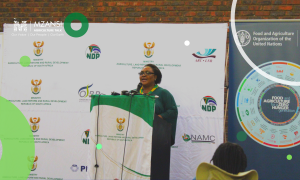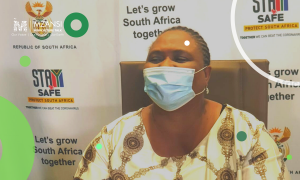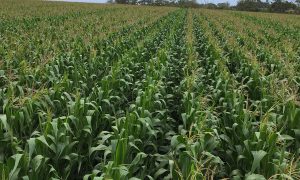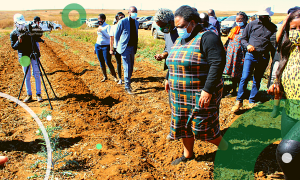Food self-sufficiency and food security has long been an important objective of agricultural and rural development in South Africa. Section 27 of the Constitution of South Africa (Act No.108 of 1996) stipulates that everyone has the right to have access to sufficient food and water (S. 27(1)(b)) and that the state must take reasonable legislative and other measures, within its available resources, to achieve the progressive realization of this right (S. 27(2)). In an attempt to realise this constitutional imperative, the government of South Africa through the Department of Agriculture, Land Reform and Rural Development (DALRRD) developed the Integrated Food Security Strategy for South Africa (IFSS) (DALRRD, 2002).
The IFSS identifies the following key food security challenges, amongst others: food availability to all, now and in the future; and matching incomes of people to food prices in order to ensure access to sufficient food for every South African through supporting policies that enhance food prices stability. Critically, the IFSS focusses on all dimensions of food security, i.e., availability, access, affordability, as well as safety and nutrition of food. The vision of the IFSS is to attain universal physical, social and economic access to sufficient, safe and nutritious food by all South Africans at all times to meet their dietary and good preferences for an active and healthy life. The goal of the IFSS is to eradicate hunger, malnutrition and food insecurity and its strategic objectives include, amongst others, the increasing of household food production and trading, as well as the increasing of income generation and job creation opportunities in the sector and the South African economy in general.
Over the past few decades, the South African government has mainly been promoting maize, wheat and potatoes as the major staple foods. Consequently, increasing domestic production of these staple food crops was encouraged. However, given increasing population growth , domestic production has not been sufficient to meet local demand. Several factors such as climate change and high input costs have been contributing to insufficient supplies of these staple foods. For this reason, the government needs to explore and adopt food diversification programmes and encourage the production of underutilized food crops. Rachmat (2015) claims that ensuring food security involves assessing the ability to define one’s own food preferences based on local specific needs and available resources. It also implies that indigenous food crops which were once consumed as the main source of carbohydrates such as cassava need to be promoted particularly in South Africa. This country has witnessed a growing demand for cassava and one possible explanation of this is the high presence of migrant population from other parts of Africa who depend on cassava as their main source of carbohydrates. For instance, in April 2022, South Africa’s cassava exports accounted for about R17 million and imports accounted for R2.74 million, resulting in a positive trade balance of R14.3 million (OEC, 2022).
Recent interactions with various stakeholders (mainly farmers), indicates that cassava is being cultivated by small scale farmers in Limpopo, KwaZulu-Natal and Mpumalanga provinces of South Africa. The crop is grown with much ease due to very little input requirements such as fertilisers. Furthermore, it has the ability to tolerate drought and variations in rainfall. Cassava is applauded for its contribution to food security with its most consumed part being the roots/tubers, with one tuber having the capacity to can feed a minimum of three individuals. The tubers can be consumed as whole, grated or ground into flour. Cassava root is particularly rich in vitamin C, an important vitamin that acts as an antioxidant, supports collagen production and enhances immunity among other nutritional benefits. The mature tubers of the crop can be kept in soil for a long time without losing their nutritional value. Moreover, the leaves are rich in proteins and vital vitamins such as A and B, hence they are used for food delicacy, famously known as “moroho” in South Africa. The cassava leaves are also used for commercial production of livestock feed.
A number of industrial products are derived from cassava. These include amongst others, tyres, adhesives, ethanol, biofuels, and alcohol. Given these benefits and others, increased effort to embark on cassava production in South Africa is likely to contribute to employment creation, income generation and food security. Cassava is an insurance against hunger and has great potential to generate sustainable livelihoods for resource-poor smallholder farmers producing on marginal lands in the country.
If we have our people who are growing cassava and they are consuming it on a daily basis, then this simply means that there is an opportunity for the government to help these farmers to improve and increase their production. This will assist in reducing the unemployment rate and the dependency of residents on the government, thus ensuring food security at rural level.
Ms. Khodani Madula is an intern (agricultural economist) with a growing interest on smallholder market access research.
Disclaimer: The views and opinions expressed in this article are those of the author. They do not purport to reflect the opinions or views of the National Agricultural Marketing Council (NAMC).




















